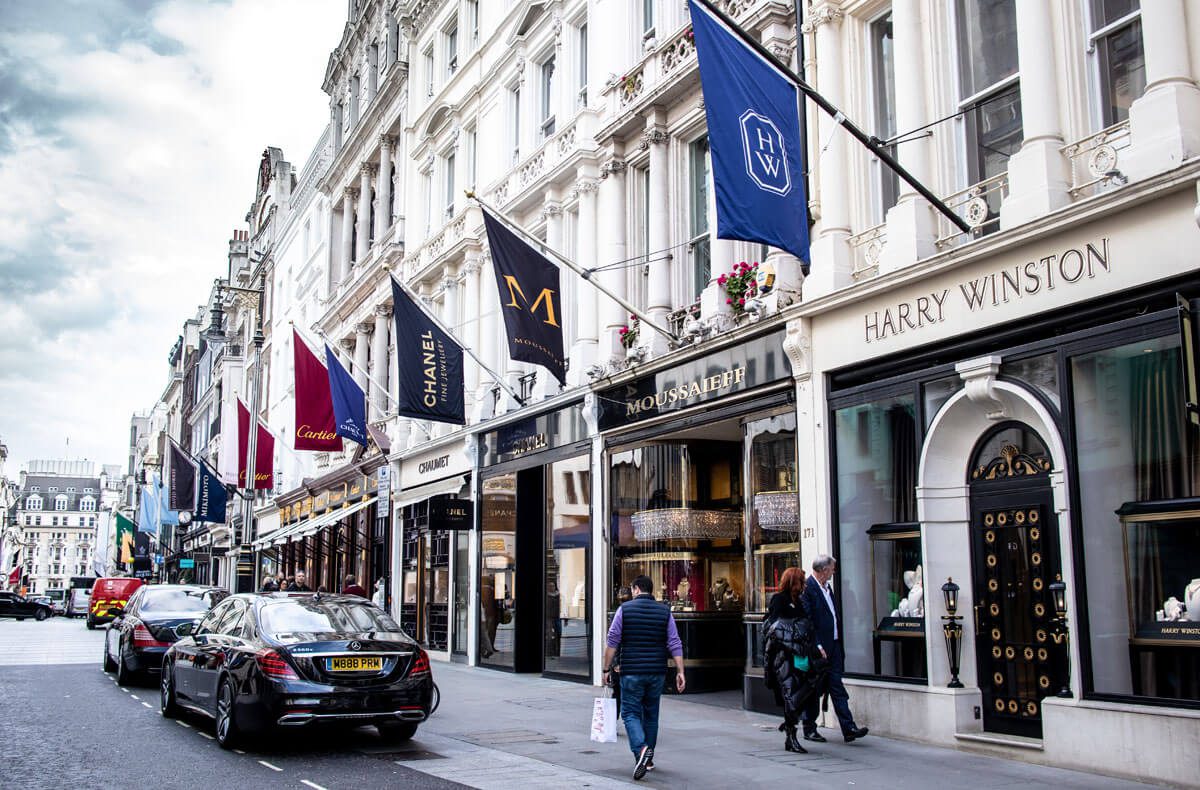
Luxury fashion brands part ways with their creative and artistic directors all the time. Egos, ingenuity and bottom lines create a toxic mix that only the most successful and hard-nosed can survive.
The fashion industry thrives on the continual gossip and speculation about the comings and goings at the world’s most recognised fashion houses. A merry-go-round of names. The usual reasons for separation are lackluster sales, a low level of buzz or a change of direction. Or all three. Ouch.
When Gucci announced Alessandro Michele was exiting his role as creative director in November 2022, it came out of the blue. His maximalist, geek-chic approach to fashion had struck a fabulous chord with consumers and had taken the brand’s revenue from €3.9bn in 2015, the year he started, to €9.7bn in 2021. Admittedly, growth was slowing but it had been so exponential it would be difficult for anybody to sustain.
His vision of humans as vintage Christmas trees, with all the bells and baubles to match, created a huge opportunity to sell more. Why wear one ring when you have five fingers?
The idea of hundreds of looks, all different, with tens of components to each look and nothing seasonal so it rides over to the next season without going into the discount bin, was genius and sales followed accordingly. Seven years is a long time in fashion and Michele showed no signs of changing creative vision but the reason for his departure wasn’t made entirely clear.
I have a theory. Sales were slowing, yes, but his designs were overly complicated and couldn’t be made to a satisfactory quality that maintained the company’s high margins and satisfied consumers. Gucci’s quality is nothing like it once was.
To make clothes with detailed embroidery all over or lots of detailing is going to cost more in time and materials. For consumers, the clothes were never quite as beautiful as imagined. The brand clearly wanted to simplify things and make better clothes yet maintain that all important margin.
The luxury fashion business is addicted to margin. The higher the better. The continual driver of fashion, it is part of the reason we’re all wearing sportswear and trainers right now.
The margins on a “designer” tracksuit and sneakers is much higher than, say, on a well-made suit or a pair of handmade leather shoes. Nobody will complain if their $800 pair of sports shoes are made of plastic and glue but they will if their new snaffle loafers aren’t stitched and are instead glued. Luxury brands realized that sportswear was a great way to make money—and lots of it. They all piled in.
It’s also one of the main reasons companies made the announcement to no longer use fur. Regardless of ethics, fur is an expensive material. There are only so many $20,000 coats you are going to sell and the percentage profit margin on them will be smaller than the new faux $2,000 one made from plastic. Plus they get to look good from an ethical standpoint.
Luxury brands have been diminishing their quality for the past few decades. While there are some exceptions, most play a smoke-and-mirrors game of moving into new categories and products to increase margins. Some brands are pumping out merch rather than designs.
The consumer isn’t voting with their wallet and many have unknowingly accepted these changes. Buying luxury goods is an education. You need experience of owning, using and comparing to qualify and quantify quality. It often comes with time. Not to sound patronizing but if you’ve only ever known designer sportswear, you’ll find it harder to question quality.
Younger consumers are driving these purchases. According to Morgan Stanley, half of young adults are buying luxury goods because they still live rent-free with parents. In the U.S. 48% of those between the ages of 18 and 29 are living at home, while in the UK, 42% of those between the ages of 15 and 34 are doing so, according to the report. This frees up a lot of disposable income.
These younger consumers are often innocent luxury sheep, following their friends, still educating themselves on quality and are seduced by labels. This is production for social media rather than a lifetime of wear. But, if I’d spent $2,500 on a bag, I’d expect to have many years of Instagram posts to come.
The growth of luxury online shopping has also helped brands get away with lowering quality. Receiving a much-hyped item in isolation makes consumers more accepting. If you walked around a store and felt the different items and compared, you’d soon notice the difference. There are still brands making great stuff, though.
But, delivered, boxed and wrapped in tissue, with that much-desired label, it is not easy to send an item back. Especially when the brands pretend to not know what you are talking about when you question the quality. Twitter talk was recently that Cartier is no longer authenticating bracelets because the fakes are too good and they can’t tell the difference.
Consumers need to reject inferior products and question the price tag. Look for makers. Go to the source and beyond the designer name.
For example, Johnstons of Elgin make blankets for Hermès and Chanel, so buy direct from them. Or find makers with a hand-worked pedigree, such as Ettinger, who make leather goods. You can see the quality of the materials and British workmanship while costing half the price of a designer version. These items are a joy to own. We are losing that fast.
Until people stop buying, the companies will continue to squeeze those margins and will only get more powerful and dominating. The noose is tightening.



